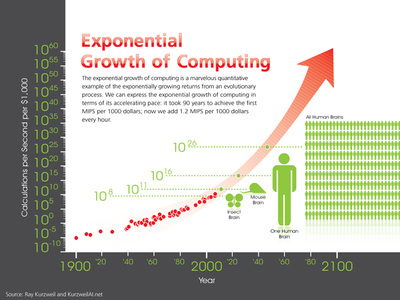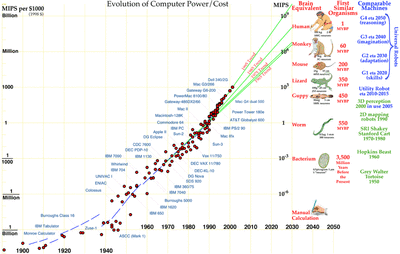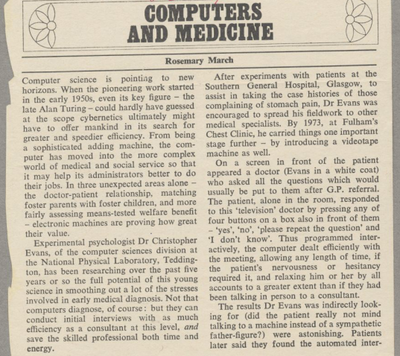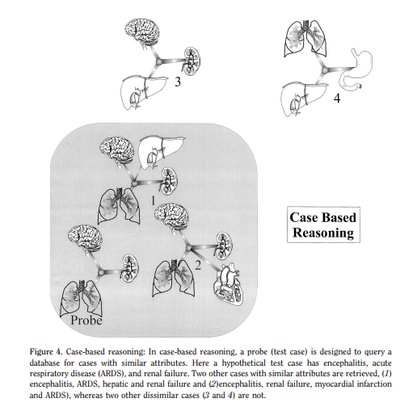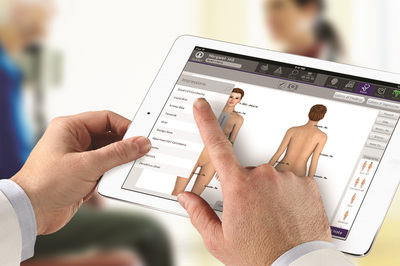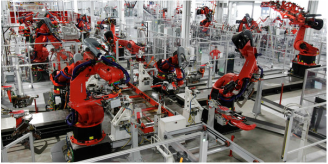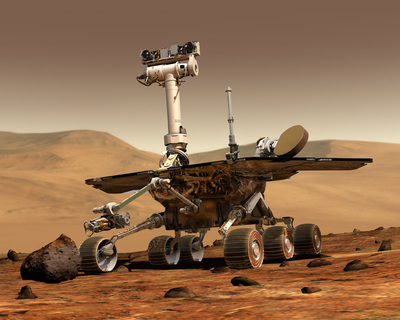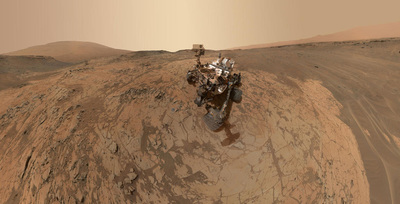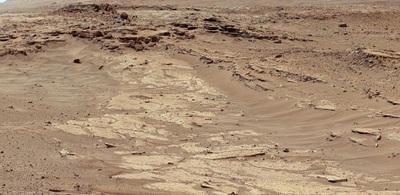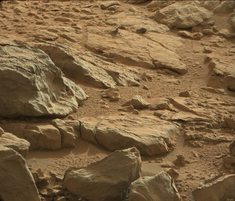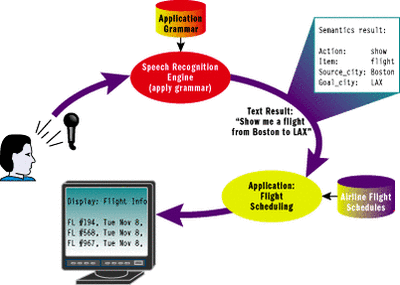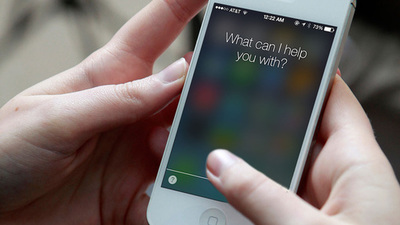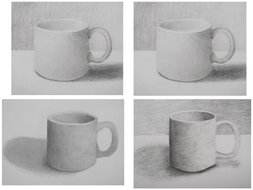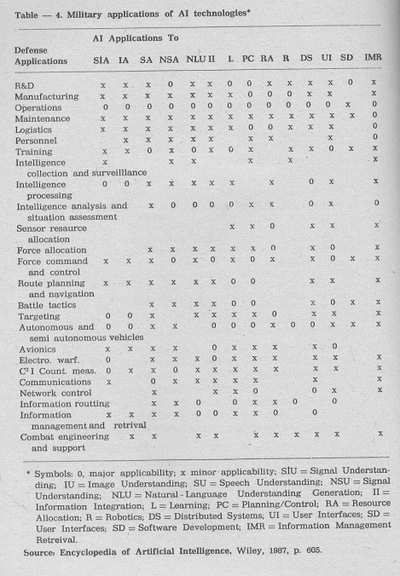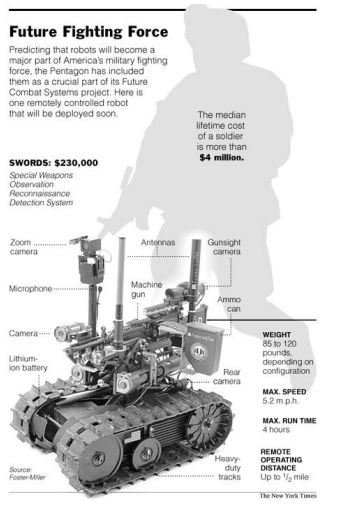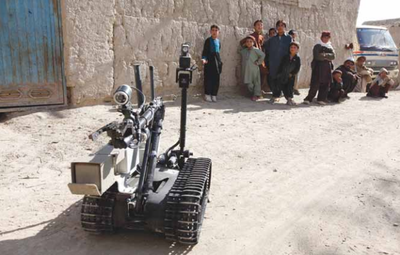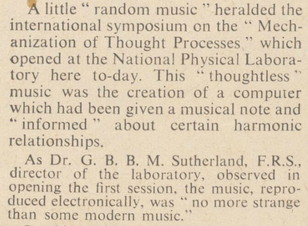Modern Applications
As the use of computers increases, Turing's legacy grows apparent. Without his influence, many modern technologies would not exist.
“Every piece of technology is built on two pillars: universality and the stored program. Had Turing not introduced these, the computer revolution would have been slowed for sure, if not halted entirely, and it’s safe to say that we wouldn’t have the internet.” [12]
Artificial intelligence is used extensively in the medical field.
“Work on MYCIN, an expert system for treating blood infections, began at Stanford in 1972. MYCIN would attempt to identify the organism responsible for an infection from information concerning the patient's symptoms and test results [...] When the program had arrived at a diagnosis it would recommend a course of medication.” [21]
|
Factory Machines, 2012, The New York Times
|
Industry has progressed due to intelligent machinery, which increases efficiency.
“[Artificial intelligence] is changing the way some of America's smaller manufacturers do their jobs.” [22]
“With these machines, we can make any consumer device in the world.” [23]
|
|
The advent of robots has allowed for unprecedented space exploration.
“NASA is developing ever more potent artificial intelligence planning software to make distant missions more practical. In the near term, NASA scientists are creating software to reduce Mars teams' daily planning time and costs for missions that are about to begin. For example, in comparison with the Mars Exploration Rover (MER) missions, scientists hope to reduce planning time by a factor of 10 for missions in the near future.” [24]
|
The translation of speech to text is utilized extensively in modern electronics.
“Over the next several years, speech technology will be providing the most effective interface for everyone. Computers have gradually moved towards human ways of communicating.” [25]
|
Likewise, visual recognition is often used.
“A neural network designed by John Hummel and Irving Biederman at the University of Minnesota can identify about ten objects from simple line drawings. The network is able to recognise the objects--which include a mug and a frying pan--even when they are drawn from various different angles.” [26]
|
Beginning Drawing-Mugs, 2011, The Rolling Artroom
|
|
“Computers and the Pentagon”
|
Since Turing's decryption work, the military has continued to employ mechanical intelligence.
“During the last few years AI technology-related activity within the military has increased dramatically. This heightened interest and expanding investment in AI may be attributed to a number of factors, in particular [...] The very real progress AI technologies have been making and demonstrating at academic centers and in commercial applications [...] and a growing awareness and acceptance by the military of the potential of AI technologies to help solve military problems.” [27]
|
